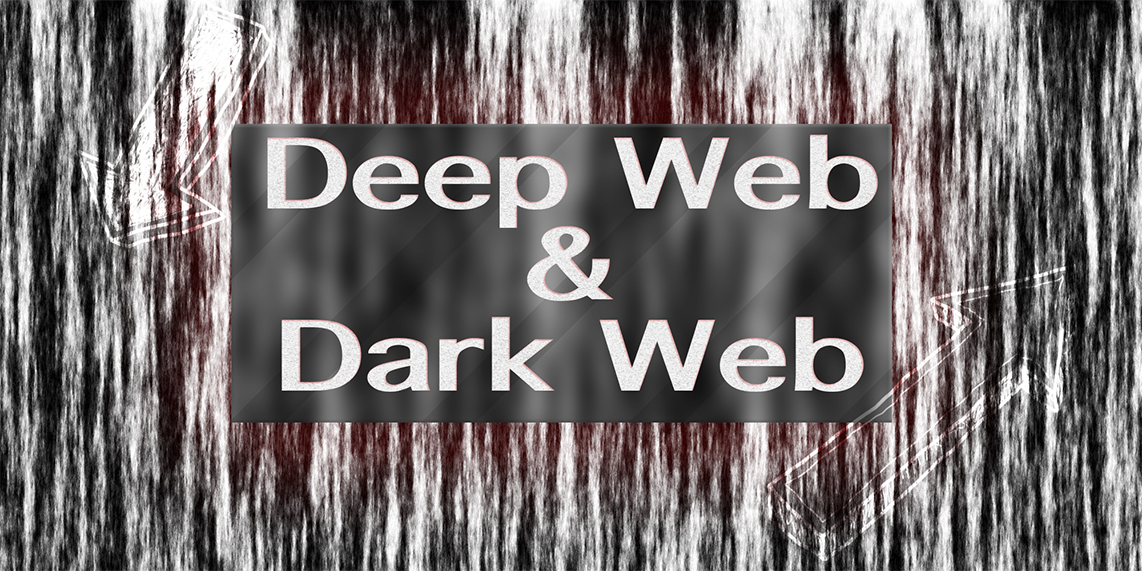
Deep Web & Dark Web
This is a very small article that allows to put things back in order. I’m often asked if I’ve ever been on the deep web, the dark web, or darknets without really understanding what it was, what were the differences and so on. This article is not intended to make a study nor an inventory, but rather to get a basic understanding of these terms. So here are a few lines to start explaining in five minutes what these terms imply.
Deep Web
The deep web, so-called “hidden” part of the internet, is to be opposed with the visible web. Since the two are opposed, explaining one allows to understand the other.
The visible web is the web that the average user knows, the one he is browsing. It is all the web pages referenced by the usual search engines such as Yahoo, Google, Qwant, Bing etc.. By definition, a search engine has a database of pages it has referenced and it looks for relevant pages asked by the user. To achieve this, it tries to find all possible web pages and then tries to understand their content so that it can offer them to the user when the user looks for something based on keywords.
Search engines only understood pages written in html for a while, so only these pages were indexed. But over time, these engines manage to understand other types of files such as pdf, word documents, etc. So currently, when you do a research on a classic search engine, you have access to these types of pages.
However, there is a multitude of pages or documents that traditional search engines cannot reference, either because they simply do not have access to the page, or because they cannot understand it.
Thes hidden pages include pages with dynamic links (i.e. links that change for each user), those protected by a password or captcha, pages without any links that point to them, documents not understood by search engines, or domain names with a non-standard DNS resolution, for example with a top level domain (TLD) that is not registered with ICANN. Well-known TLD are .com, .fr, .co, .gouv etc. but there are non-standard ones, only accessible via non-standard DNS servers (Roughly speaking, a DNS server is a server that translates a domain name like hackndo.com, newbiecontest.org into the corresponding IP address). A known example is the .onion TLD fo which the resolution is only possible via the TOR network.
You see, there are many, many cases where search engines as we know them are unable to index a resource. All these inaccessible resources are part of the deep web.
Dark Web
There is a lot of confusion between the dark web and the deep web. No, the dark web is not the deep web. The dark web is a part of the deep web. The dark web is based on darknets, and a darknet is nothing more than a P2P (peer-to-peer) network in which users are trusted people, and exchanges are anonymous, so IPs are not publicly shared. A known example of dark web is Freenet, which is ultimately nothing more than a anonymous and distributed internet-based network.
I hope these short lines will give you a slightly clearer understanding of the differences between these terms. I might add that it is important not to confuse anonymity and unlawfulness. While illegal practices try to be anonymous, the reverse is not always true. We have every right to stay anonymous so that we are not monitored. Anonymity is privacy.
Resources